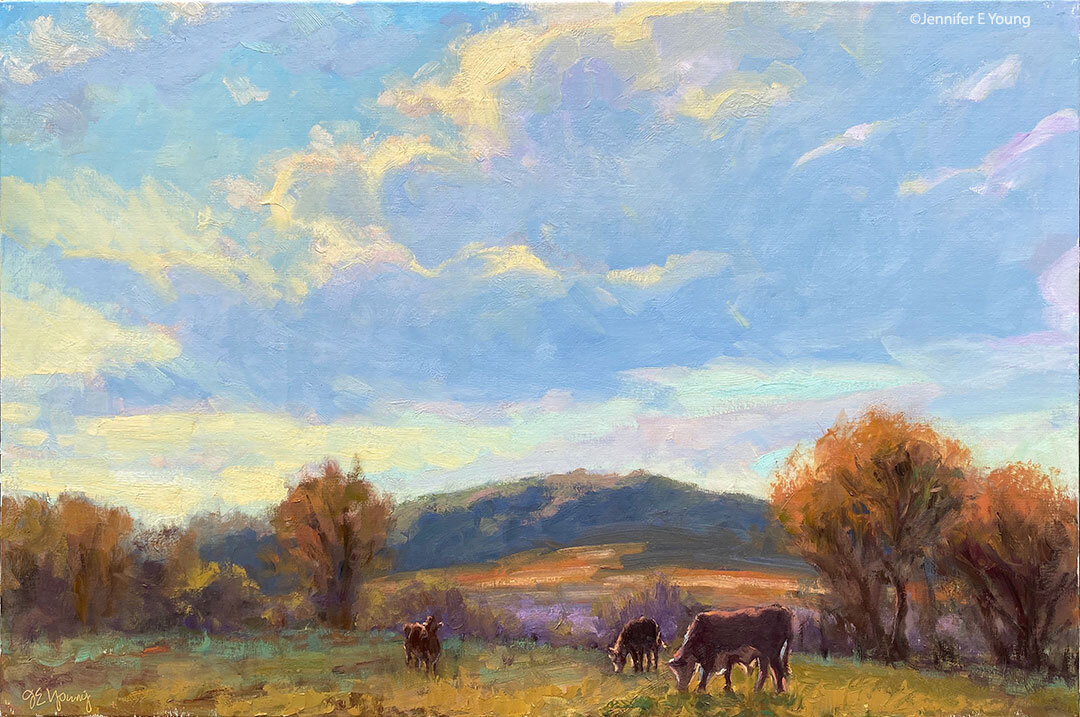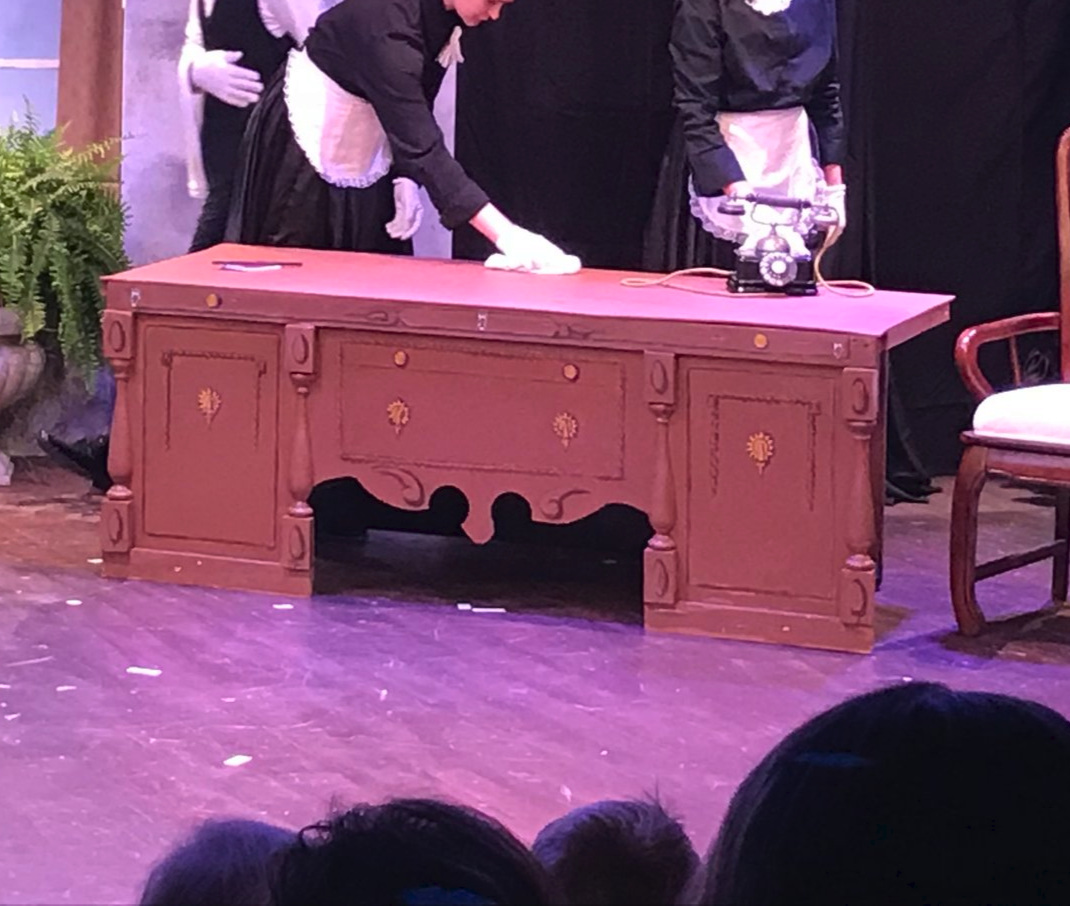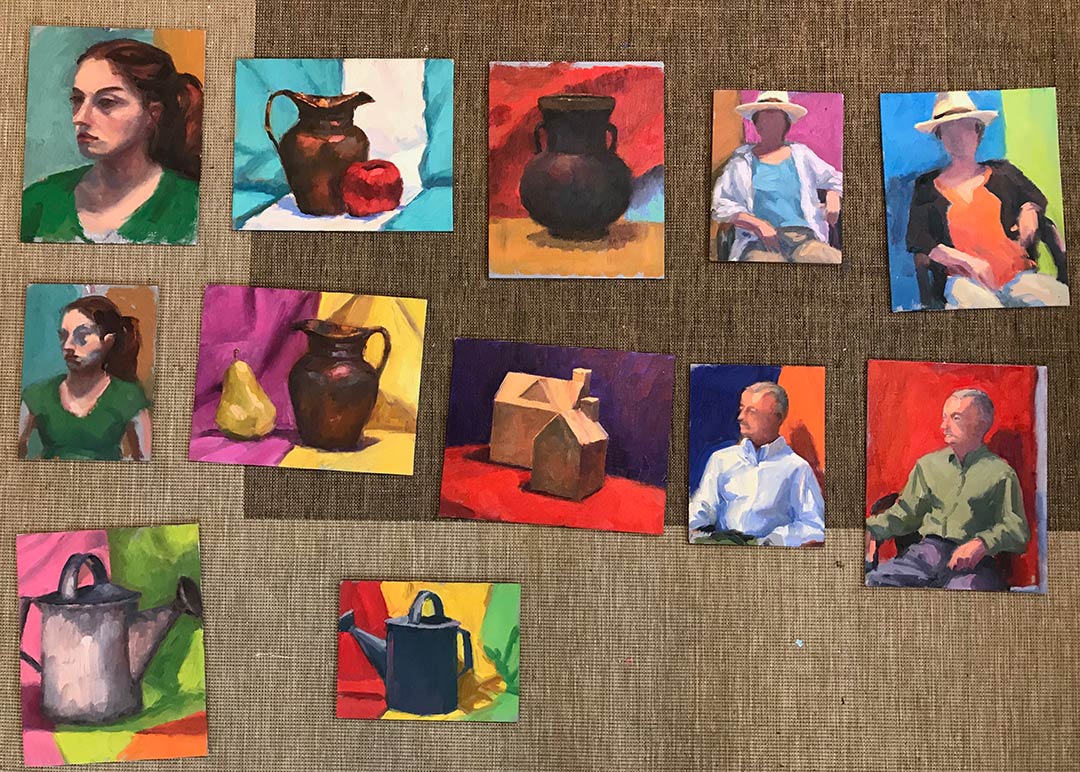I was talking to a non-painter about painting recently and she said, "The kind of art I like is imaginative. I don't care much for a copy of a photograph or a copy of a scene even in life. It's far more interesting to me to see a painting that came from the artist's head."
Well, I couldn't agree more. But I hate to break it to her; all art comes from the "artist's head." The artist is painting in response to something, whether it be a concept or idea, a story, or an observation. Even in landscape painting (or any kind of painting even remotely related to realism) I think that true artistry occurs when the artist is not copying, but painting her response to a subject, and is fully able to communicate that response in a way that is original and distills the subject to its essence.
The reasons behind my choice of subjects vary. Sometimes it is the sheer beauty of a place that triggers an emotional response. Sometimes the scene evokes a memory. Sometimes it is the light. Sometimes I respond to something as simple as lines and planes. But it is all about my response or my interpretation.
Copying a scene so that it looks like a photo, or even looks like the view in front of me in the open air, is not nearly as important to me as expressing my response to the subject. As I heard artist Kenn Backhaus say once, "I'm not interested in making historical paintings." Backhaus paints en plein air, but he also uses many different combinations of his own photos at times to inform his studio paintings. He uses these resources in order to express his unique vision, frequently with masterful results.
I work in a similar manner (but still working on the mastery part.) ;-) Sometimes one scene says it all. Other times I may combine several different elements from varying photos and studies to relay the idea or feeling about a place or experience. Even in realism, the subject matter is the jumping off point. It is subordinate to the idea --just one vehicle for the greater goal of artistic expression.
Painting on location is important for the simple reason that there is more to respond to in life than in a photo. But even painting en plein air, artists can fall into the trap of subordinating their art for the sake of historical accuracy. I was out painting with a fellow artist once and we set up in different locations to paint the same scene. I took a break from my work and inquired about my friend's progress. "It's going okay," he said. "But I wish that tree was in a different place." "Then for heaven's sake," I said. "You're an artist! Move the $%#! tree."
Painting successfully from photos offers its own set of challenges, because you are responding to a frozen moment in time. That is not how the eyes see and not how we respond in life. In addition to painting en plein air, I do work from photos. But they are my own photos, usually taken from travels where I have made a point to also do some painting or sketching (accompanied usually by long spans of sitting and sighing and blissfully observing) on location. So even working from my photos, it is always about my experience, except that I am also having to rely more on memory than from life in the moment.
As an artist I've worked using many different approaches. Sometimes it all does come "from my head", and at other times I use nature as my inspiration. There are times when I am so seduced by a scene that I find it perfect, and I try to capture it just as I see it. But even then, I try to keep in mind my ultimate goal to make a strong painting that communicates my unique response. I may not always find success, but it's something to move towards. And if a tree gets in my way, I have no qualms about moving the $%#! tree.



 Â
 
 One of my favorites from this period
"Faith", Oil on Canvas (sold)
One of my favorites from this period
"Faith", Oil on Canvas (sold)




















